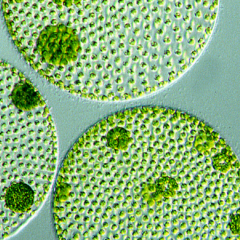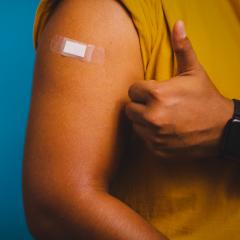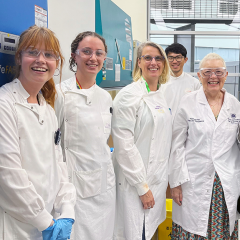Researchers from IMB’s Centre for Rare Diseases Research are calling on Queenslanders to show their support for international Rare Disease Day tomorrow (28 February).
Rare diseases are those that affect fewer than 1 in 2000 people, and while they are individually rare, collectively, there’s more than 8000 different rare diseases that affect more than 1.2 million Australians, including more than 400,000 children.
In the lead up to Rare Disease Day tomorrow, we want to introduce you to some of our research groups lending their support to Rare Voices Australia’s Hands Across Australia campaign.
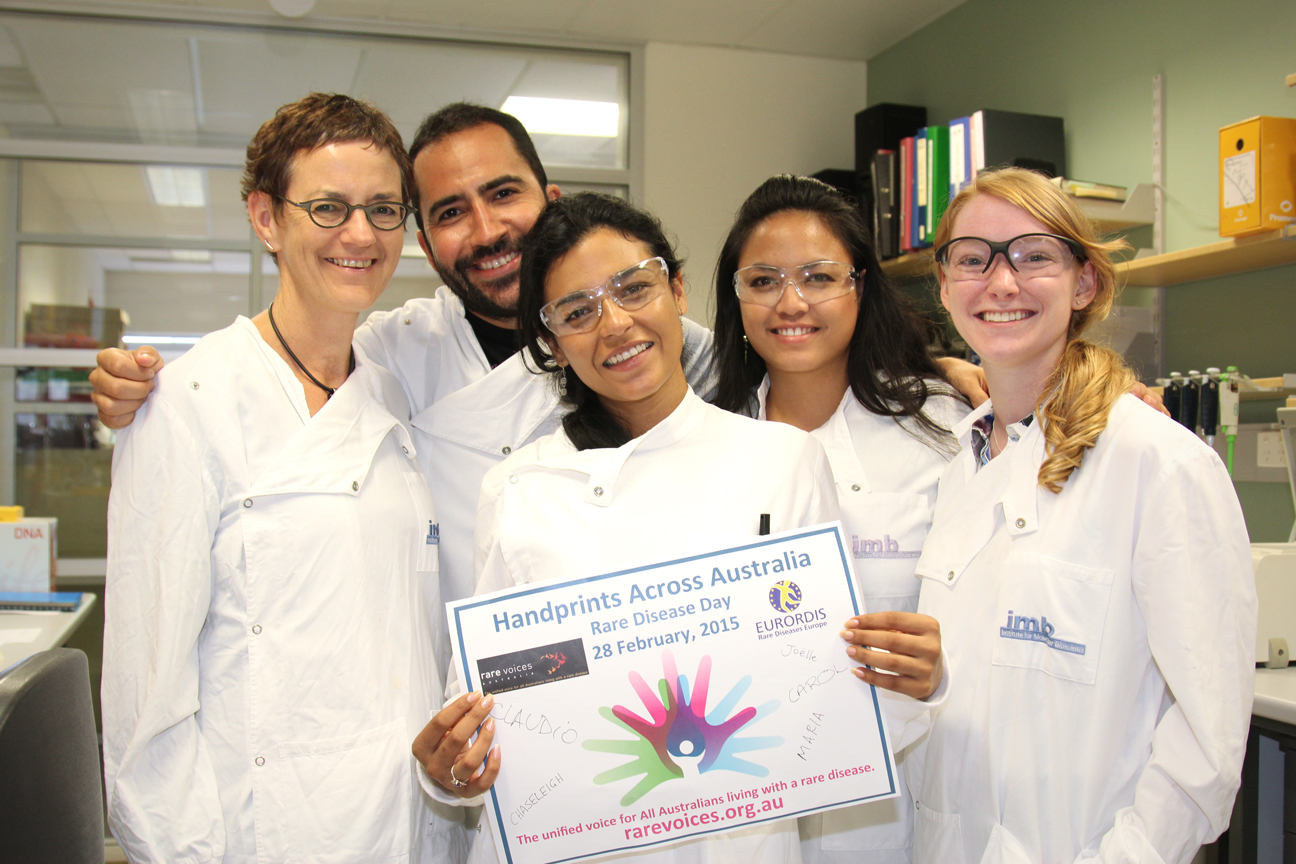
Meet IMB’s Centre for Rare Diseases Research Director Associate Professor Carol Wicking and her team
“Our research group, together with our collaborators, is dedicated to uncovering the genetic causes of a class of rare diseases known as ciliopathies, enabling clinicians to provide better diagnosis and patient management.
“We further use this information in longer term studies to understand disease mechanisms and potentially develop new therapies.
Our goal is to provide families living with rare diseases choices in the shorter term and hope for the future.”
Meet Professor Peter Koopman and his team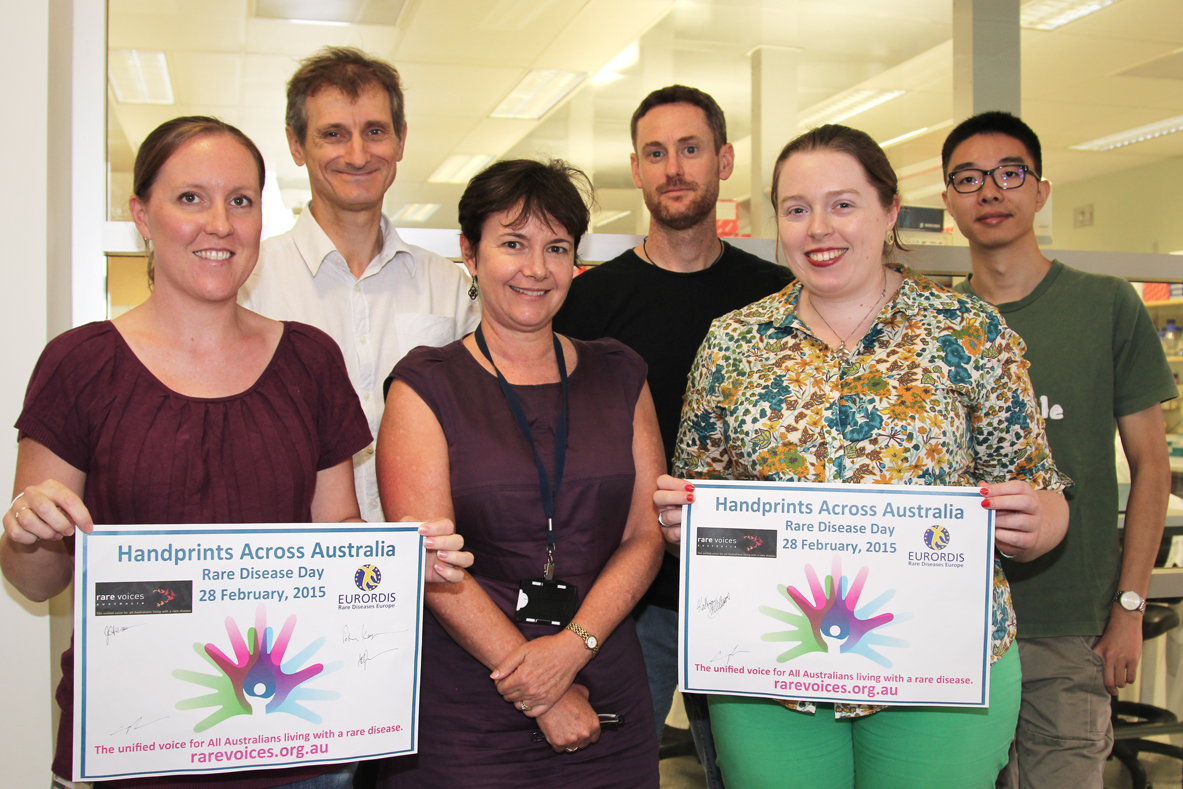
“Our lab studies how genes make us male or female. We also study how changes in gene structure and function can lead to variations from typical male or female biology, and to the many complications that can arise in these situations.
“Through better understanding on a scientific level, we hope that our society and healthcare system can more adequately
cater for those for whom sex and gender are not straightforward issues."
Meet Professor Rob Parton and his team
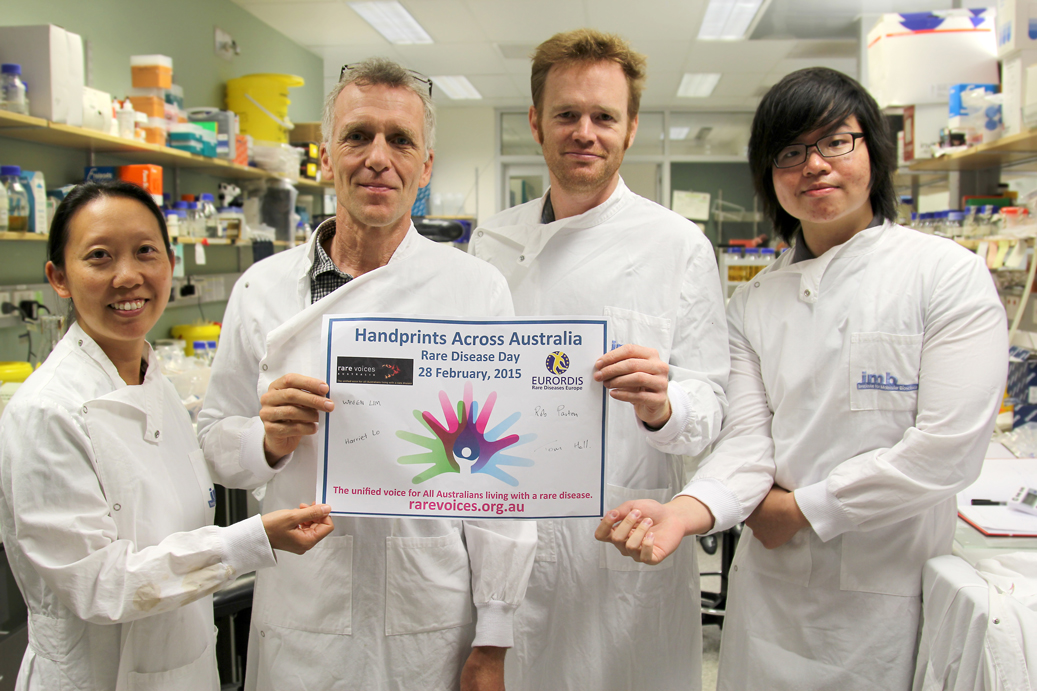
“Our research team is working to understand how the cells that make up the tissues of our bodies function at the molecular level.
“Specifically, we are trying to understand how a loss of caveolae which are the small pockets in the surface of our cells
contributes to some rare diseases, including lipodystophies (lack of fat tissue) and muscular dystrophy.
“Only when we fully understand how disease changes our bodies can we start to develop effective treatments.”
For information and support about rare diseases, visit www.rarevoices.org.au.

